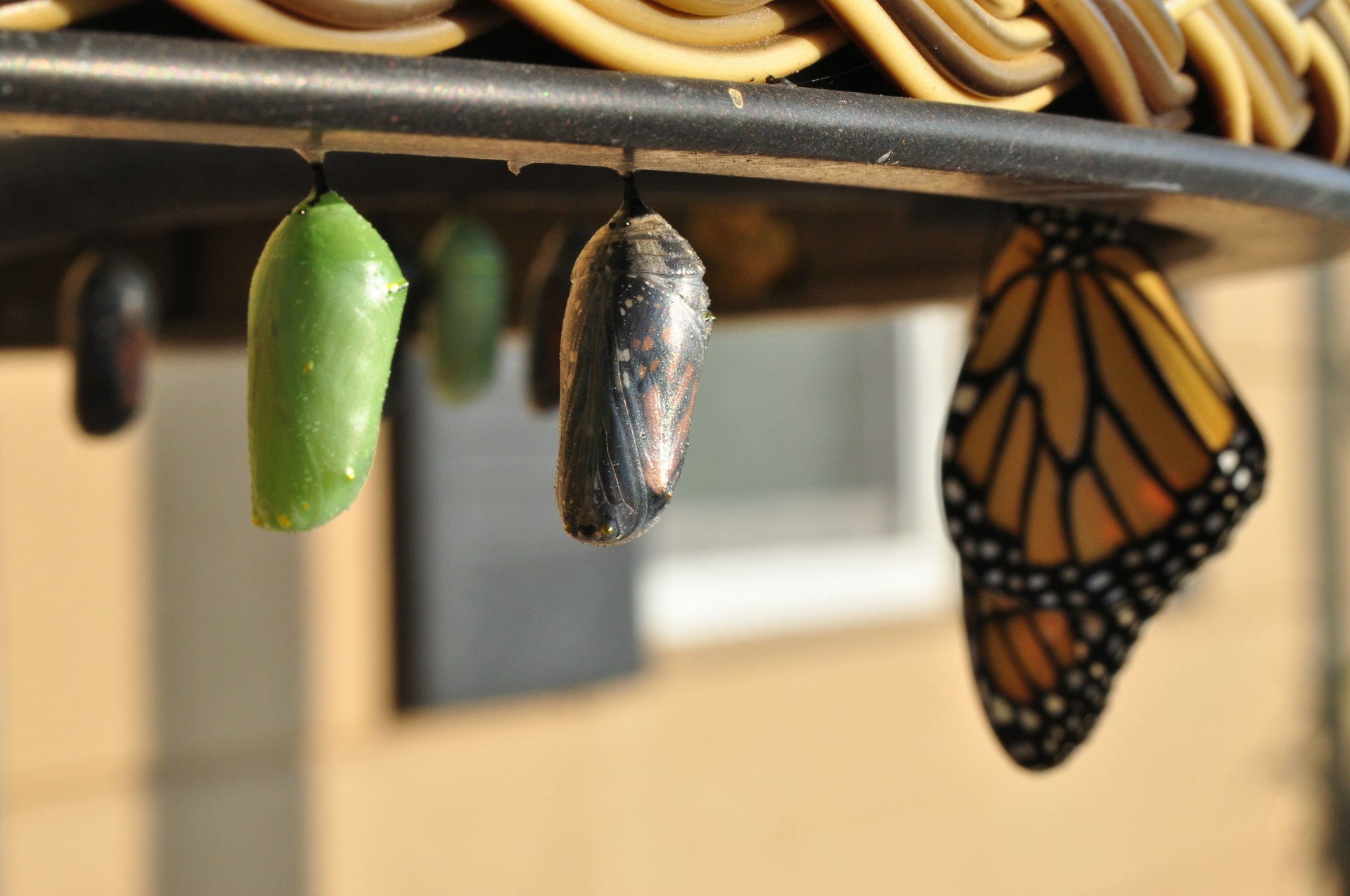drasyl 0.1.0 released - The Journey Begins!
Today, we are excited to announce the very first release of drasyl 0.1.0. drasyl is an open-source, general-purpose overlay network that is concurrent, resilient, flexible, and automated. It presents itself to the user as a transparent system that offers suitable discovery and awareness methods, mainly focusing on smart city and IoT devices. Nevertheless, drasyl is not limited to smart city and IoT but is intended for universal use in all decentralized Java-based projects.
You can either include this implementation in your software stack or use the overlay network as a transport medium.
Our motivation to develop drasyl
drasyl was born out of personal need: The SANE research project aims to create a digital twin of a city. This twin is to be realized as decentralized and open data space. The openness enables citizen participation, allowing them to easily publish or subscribe to data in this space. For this purpose, we have designed a single-board computer (comparable with a Raspberry Pi), which can be operated in the citizen’s residential network. These computers are supposed to interconnect, organize and share data. To create a high resilience and low dependencies on third parties, the system will be realized as a structured P2P network. Since the Internet is a P2P-unfriendly environment, some obstacles (e.g., Network Address Translation, dynamic IP addresses, etc.) must be overcome to realize the planned data space.
In this context, the feasibility of our approach will be verified by prototypical implementations. So we analyzed existing solutions for the development of distributed applications and had to realize that they did not meet our requirements adequately (e.g., JXTA: project abandoned, not executable in modern environments, unfixed bugs; Jadex/Akka: make assumptions on the software paradigm to be used, like SOA or the actor model). In addition, we felt that many of the existing solutions were too clumsy and cluttered with functions we didn’t need and couldn’t disable. Basically, we just wanted a global address namespace and an easy interface for peer communication. Similar to a Berkeley socket for each peer. When using this interface, it should not matter where the peer is located (e.g., LAN, WAN, behind a NAT, etc.).
This idea – an easy-to-use I/O interface for peer communication – was then implemented in a university teaching course: A publicly accessible server served as the central contact point for all nodes. All communication is routed via this server to the actual destination node. This star network topology represents – without a doubt – a single point of failure, but it is straightforward and provided us with exactly the functionality we needed. This was a sufficient approach for the course, as it allowed us to deal with the actual interesting topic: the realization of the data space.
During the course, the idea arose to expand the functionality of this I/O interface (e.g., enabling P2P connections, encrypting traffic) and to make it available as a stand-alone library. After the course, this idea was announced as an available base.camp project (the base.camp is a creative laboratory allowing teachers and students to focus on specialized topics not covered by the regular courses during studies). Soon afterward, the project was started by Kevin Röbert, a former participant student of the course. Currently, the base.camp project is still running, and implementation work is still in progress. Therefore, version 0.1.0 represents the minimum viable product of our software vision, and we hope many cool features and releases will follow this release.
How can I use drasyl?
Requirements
- Java 11
Installation
Maven
Either build and install drasyl by yourself…
mvn install
…or pull it from public repo:
Add GitLab Maven Repository to pom.xml:
<repositories>
<repository>
<id>gitlab-maven</id>
<url>https://git.informatik.uni-hamburg.de/api/v4/groups/sane-public/-/packages/maven</url>
</repository>
</repositories>
Add drasyl as dependency to your pom.xml:
<dependency>
<groupId>org.drasyl</groupId>
<artifactId>drasyl-core</artifactId>
<version>0.1.0</version>
</dependency>
Official Builds
https://git.informatik.uni-hamburg.de/sane-public/drasyl/-/releases
Usage
// create and start node
DrasylNode node = new DrasylNode() {
@Override
public void onEvent(Event event) {
// handle incoming events (messages) here
System.out.println("Event received: " + event);
}
};
node.start();
// wait till EVENT_NODE_ONLINE has been received
// send message to another node
node.send("025eb0dc5d", "Hello World");
// shutdown node
node.shutdown();
More information can be found in the (still very short) documentation.
Photo by Matt Duncan on Unsplash







